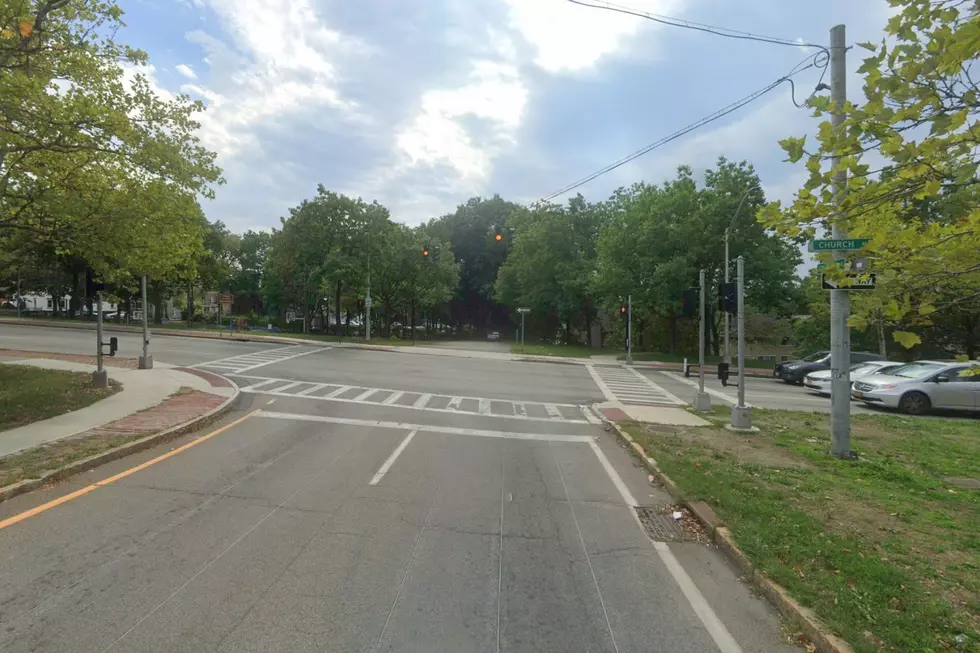
What It Means When You See a ‘Banded’ Tree in New York
Have you seen a burlap band wrapped around an oak tree in New York before? It's not just a fashion statement.
Luckily for New York residents, trees are omnipresent in the state. While many species have well-known jobs like producing oxygen and making maple syrup, others have stranger jobs (do you know what to do if you see purple on a tree?). That brings us to the burlap bands.
Invasive Species in New York State
Warmer weather in New York means that more and more creatures are making their first appearances of the year, and with over than half of New York state covered in forests, many make their homes in the millions of local trunks and branches... but not all of them are welcome
The Spongy Moth in New York State
The spongy moth, previously called the gypsy moth, is a non-native species from France that has been living in New York for years. While the moth has "naturalized" (meaning their is no hope to rid the state of the species), their destructive activities on oak trees lead many landowners to take localized action in their own forests, including using burlap bands.
Read More: This Popular New York Tree is Banned in Other States
Threats to New York Trees from the Spongy Moth
The biggest threat that spongy moth caterpillars pose is defoliation, or the removal of tree leaves (oak leaves are a favorite snack). If too many leaves are eaten too often, trees face higher risks of disease or even death. Two ways to manage the moth's population are both sticky bands and burlap bands.
Sticky Bands on New York Oak Trees to Fight the Spongy Moth
Sticky bands (and barrier bands) can help catch spongy moth larvae as they hatch in mid-May (above). While sticky bands trap the larvae, barrier bands simply prevent them from climbing the tree's trunk to reach a leafy meal. Later in the year, burlap bands come into play (below).
Burlap Bands on New York Trees Trap Spongy Moth Caterpillars
Burlap bands are helpful later in the year when moth larvae have matured into larger caterpillars. While the barrier bands are meant to keep them from reaching a tree's canopy, the burlap bands are used to catch caterpillars as they climb down the tree to hide from predators. Caterpillars are most likely to hide in the burlap bands between noon and 6pm.

The New York State Department of Environmental Conservation (NYSDEC) does not actively work to control the population of spongy moths, but anyone with a localized problem can try their hand at "banding" affected trees. Take a look at other invasive plants and animals to watch out for in New York below.
New York State's Invasive Plants To Be On The Lookout For
Watch Out For These 5 Dangerous Invasive Pests In New York State
Gallery Credit: Yasmin Young
More From WRRV-WRRB









